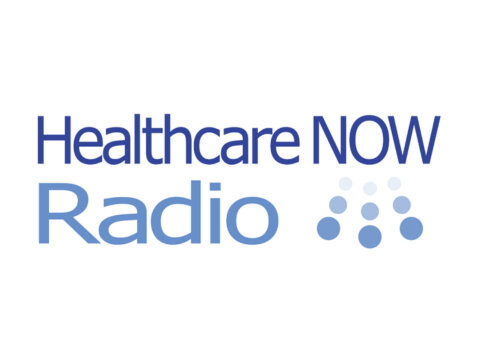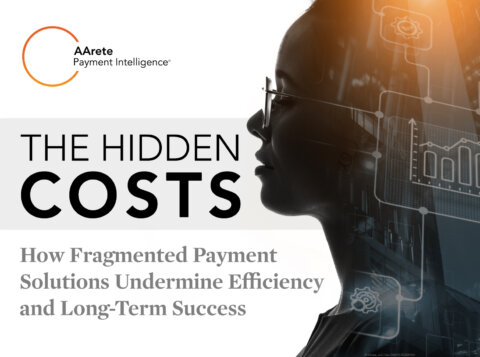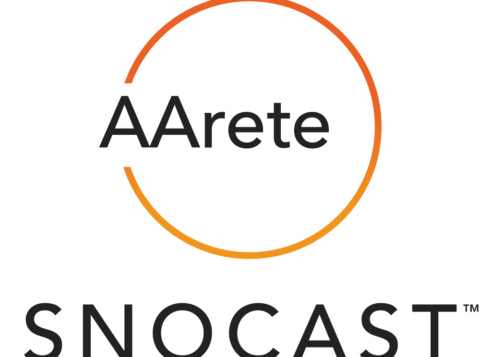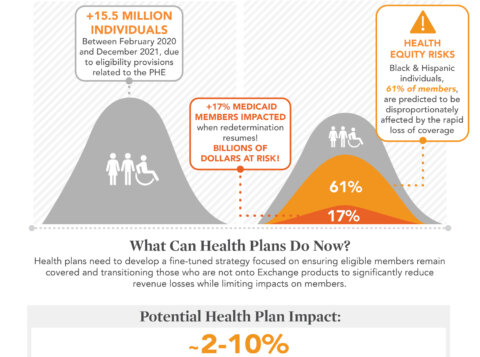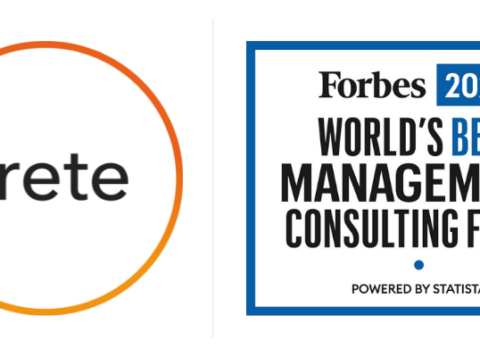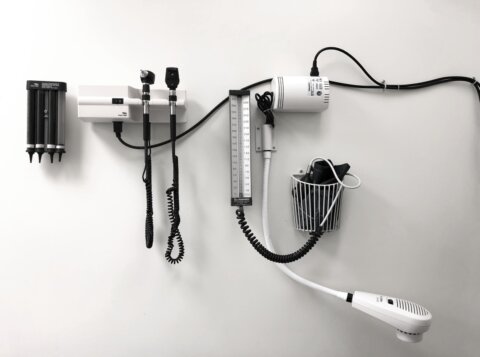Inside the PBM Contract Renewal Conundrum: Strategies for Effective PBM Contract Management
This is an AArete Healthcare Payer insight
PBM contracts between health plans and Pharmacy Benefit Managers (PBMs) are often opaque, making PBM contracting and agreement management a complex challenge. Yet one fact is crystal clear: rising prescription drug costs are putting significant pressure on payer organizations of all types and sizes.
Escalating costs don’t only hurt a health plan’s bottom line. They also force payers to push a higher percentage of costs onto their members. In turn, members blame their insurers for rising out of pocket costs, which can disrupt access to the drugs they need and put payers in a no-win situation.
An added challenge is the recurring cycle of three-year PBM contracts and early renewals, which can limit options for payer executives if not carefully negotiated. So, how can plan leaders negotiate better deals with their current PBM providers or reinvent their pharmacy programs? The best approach is to understand the typical contract renewal process, evaluate the organization’s total drug spend, gain a better understanding of the cost of running the pharmacy program, and deploy strategies that can lead to significant savings.
Understanding the PBM Contract Cycle
The standard three-year PBM agreement involves tiered pricing, with different rates set for each year. In Year One, executives are often excited about the potential for significant savings through improved network discounts and improved rebates.
But between Years One and Two, leaders may realize that these rebates aren’t offsetting their plan’s drug spending as much as expected. At this stage, they might engage with a consultant and conduct a market check to assess the competitiveness of their drug pricing.
A market check is a powerful renegotiating tool, often prompting payers to bring their PBM partners back to the table. Fortunately, most three-year PBM agreements allow for a market check in Year Two, making PBM contract management and adherence critical for ensuring fair pricing. If market intelligence proves the PBM rates are not competitive, a negotiation may begin.
However, some PBMs counter by “backing up the money truck,” offering hefty incentives, sometimes worth millions, that kick in only if the plan agrees to an early renewal. Usually, payers take the offer, locking themselves into new pricing terms for another three years through an amendment. Year One of the amendment generates savings, but as prices continue to increase, the Year Two market check is initiated, and the cycle continues.
Challenges with Healthcare Payer Contract Renewals
Caught in the cycle of recurring three-year contracts, payers often struggle to gain leverage in their PBM relationships. Some payers may choose to exercise an early termination clause, but the substantial financial penalties and fear of converting to another PBM may outweigh the benefits of disrupting a PBM relationship mid-stream.
Another option is issuing an RFP, which can strengthen a plan’s bargaining power. However, running a full-scale RFP requires significant time and resources, something most payer organizations simply don’t have. Unless a plan is deeply dissatisfied with its PBM, the juice may not be worth the squeeze, especially if the main goal is cost reduction rather than service improvement.
Health plan executives could also try asking their current PBMs partners for shorter contract terms. Some might agree, but others, especially the larger PBMs, will say no.
Common Pitfalls in PBM Agreement Management
When an early exit, RFP, or shorter agreement isn’t an option, careful PBM agreement management can uncover clauses that affect contract compliance and adherence, giving healthcare payers more negotiating leverage. Three red flags to watch for:
- Contracts with multiple amendments: PBMs may add amendments and addendums to contracts at renewal, inserting language that dilutes the stipulations in the original agreement. Look for trigger terms like “except” and “therefore,” which could negate more positive arrangements defined earlier in the contract.
- Exclusions: Most PBM contracts exclude certain drugs or claim types) from rebate guarantees or guaranteed pricing. The volume of excluded claims is on the rise.
- Excessive performance guarantees: Adding more performance guarantees may seem like a way to exert more control over a contract. But these guarantees tend to lose their effectiveness at a certain point, because the PBMs cap how much money they are willing to risk. Even a health plan that spends $2 billion a year on drugs may find that their PBM is willing to put only $5 million at risk for missing performance guarantees, which is too small to make a real bottom-line difference.
When to Renegotiate vs. Revamp Your PBM Contract
For payers exploring alternative healthcare contract renewals, PBM contract compliance should be a guiding principle when assessing new or transparent PBM partners. If renegotiation doesn’t sufficiently lower pharmacy costs, executives may consider overhauling their entire pharmacy benefit. Options for this could include exploring cost-plus or transparent PBM partners, or selecting a different PBM for specific segments, like Medicare members.
However, before committing to a full or partial revamp, plans should assess their capacity for such a major undertaking. Here are two considerations to guide this process:
- Understand the full cost of managing the current pharmacy program. While many organizations track drug spending as a percentage of total expenses, they often overlook the extra administrative costs related to medical, operational, legal, regulatory and compliance tasks. When these hidden expenses are revealed, plans are surprised by the true cost of managing their PBM relationships.
- Elevate pharmacy leadership. Pharmacy leaders are best positioned to understand the full impact of drug spending within their organizations. But if they sit five levels below the chief executive officer, their ability to drive organizational-wide change is limited—and they spend too much time educating multiple layers of management rather than shaping strategy. Elevating pharmacy leadership to the executive level helps unify pharmacy, medical, and operational leadership for stronger decision-making.
This approach creates the foundation for a comprehensive drug management strategy that addresses cost containment, improved utilization management, and better member outcomes.
Engage Unbiased Experts in PBM Contract Management & Strategy
Weighing the short-term benefit of PBM renewal-time incentives against the long-term risk of higher expenses isn’t easy. That’s why it’s critical for plans to enlist guidance from unbiased, expert advisors. AArete’s Pharmacy Solutions team brings deep knowledge of every aspect of the pharmacy supply chain, equipping organizations to maximize their PBM strategies.
We start by evaluating your plan’s overall strategy, core competencies, and where your drug management approach aligns with your organization’s values, mission, and goals. We also take an objective look at your capacity for change. With these insights, we develop tailored strategies and recommendations to meet your health plan’s specific needs.
When it comes to controlling drug costs, strengthening PBM contract management and compliance gives health plans more options than they might imagine. Discover how AArete can guide you through the process.
Learn more about AArete’s Pharmacy Solutions.
This is part 3 in a series on optimizing PBM programs. If you missed them, check out Part 1: Dispelling PBM Myths and Part 2: Considering PBM Unbundling.



